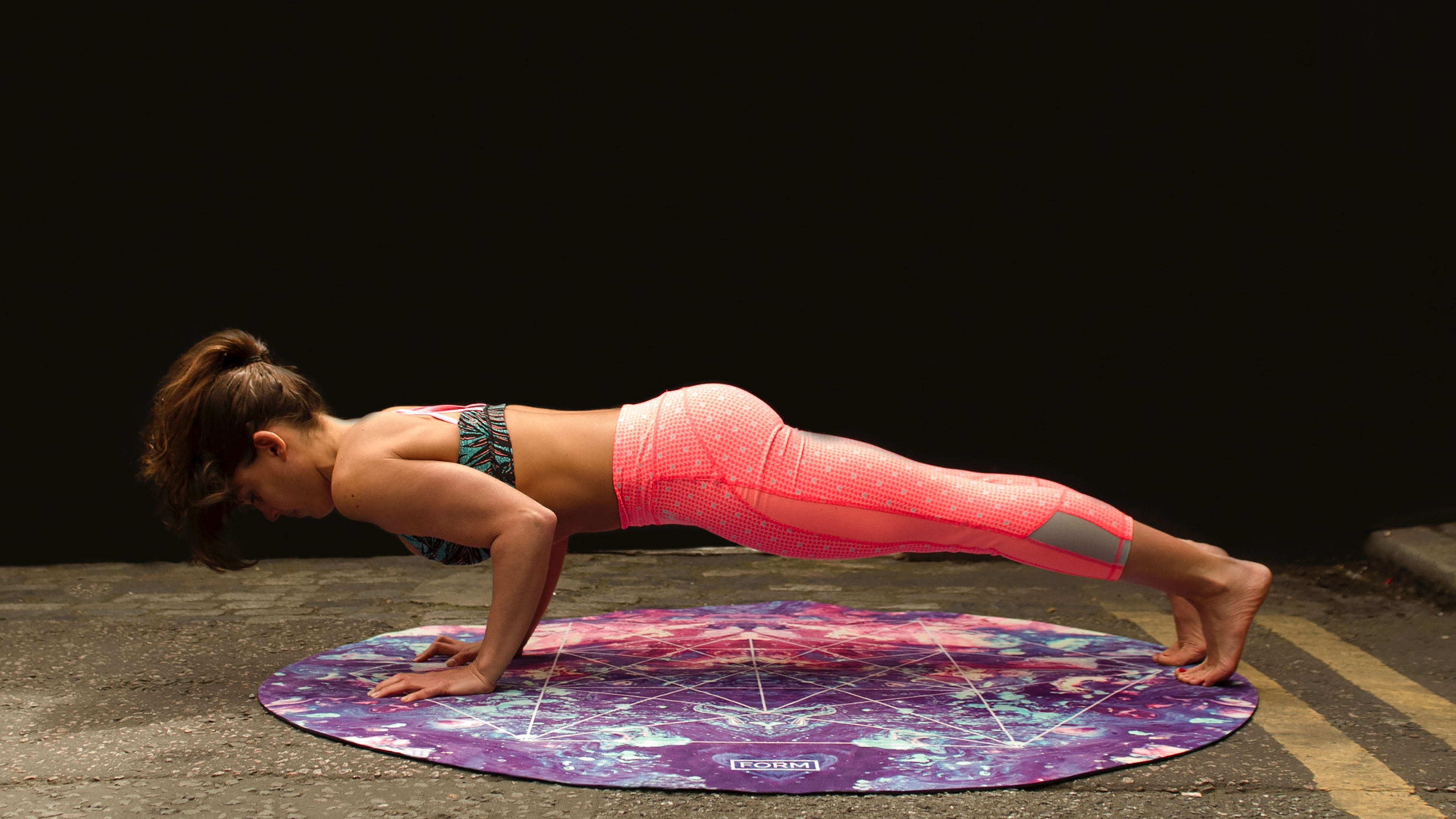Is hot yoga–the practice of holding poses under hot and humid conditions–better for you than normal, non-sweat-inducing yoga?
A new study published in Experimental Physiology suggests the increased temperature (also known as Bikram) might be wholly unecessary.
“The addition of the heated environment did not produce additional beneficial adaptations,” reads the study, published Thursday. “These results lend further insight into the health benefits of Bikram yoga that have previously been purported but had not been fully explored.”
This doesn’t mean that hot yoga isn’t good for you, just that the 105-degree temperature likely doesn’t do much to enhance the practice. This new research resembles a 2014 study conducted by Colorado State University in which a team measured experienced yogis’ heart rates, body temperatures, and energy expenditures during a typical 90-minute Bikram session, for 24 sessions over the course of eight weeks. They ultimately found that their metabolic rates (i.e, amount of calories burned) were roughly equivalent to those of people who went on a walk.
But while the sticky heat’s advantages might be hard to prove, there is, for many, the psychological benefits of working up a sweat. Many Bikram enthusiasts swear by it specifically because of how they feel while perspiring; intense heated conditions gives one the idea that they’re working their body, which, in turn, potentially inspires them to keep coming back.
“I think the heat and the difficulty of the postures combine to alter your perception of the intensity of the exercise,” Brian L. Tracy, an exercise scientist at Colorado State University, told Time magazine.
Some express concern over hot yoga’s dehydrating conditions, but there have been few incidents, with most experts agreeing it a safe exercise regimen with mild risks.
At the end of the day, it comes down to how individuals prefer their yoga: some like it hot, some like it with spiritual inspiration, while others prefer it to the sounds of hip-hop. Whatever gets you moving.
Recognize your brand’s excellence by applying to this year’s Brands That Matter Awards before the early-rate deadline, May 3.
